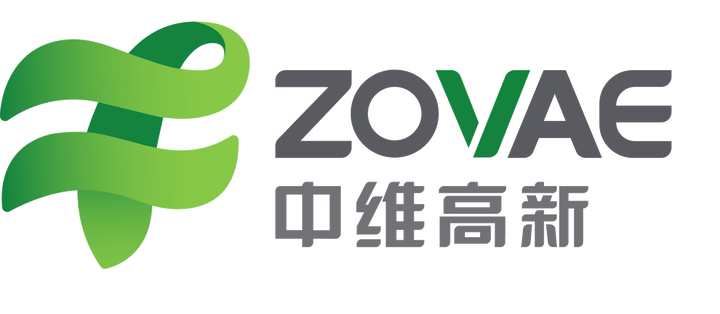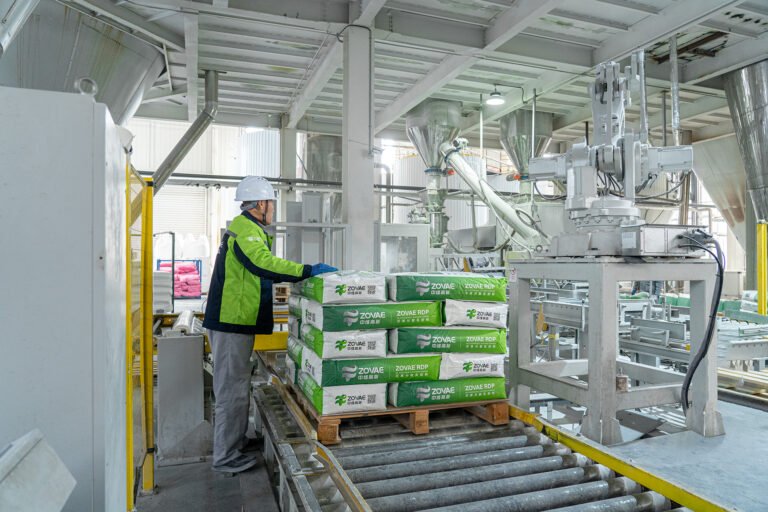
Merry Christmas ZOVAE
Wishing You Joy & Prosperity
Polycarboxylate-based superplasticizers (PCEs) have redefined the landscape of concrete technology, establishing themselves as the most advanced category of high-range water-reducing agents. Unlike their predecessors—sulfonated naphthalene formaldehyde (SNF) and sulfonated melamine formaldehyde (SMF)—PCEs offer unparalleled control over concrete workability, strength, and durability through their unique molecular architecture. At the forefront of this innovation is ZOVAE Polycarboxylate Superplasticizer, a flagship product engineered to deliver exceptional dispersion, broad compatibility with diverse binder systems, and outstanding performance in both fresh and hardened concrete.
The molecular design of ZOVAE features a backbone of carboxylic groups with grafted polyethylene oxide (PEO) side chains, creating a comb-like structure that optimizes steric repulsion between cement particles. This results in improved fluidity without sacrificing stability, while its advanced manufacturing process ensures consistency and environmental responsibility. Chosen by ready-mix producers, precast manufacturers, and large-scale infrastructure developers worldwide, ZOVAE addresses the multifaceted demands of modern construction—from logistical challenges to sustainability mandates.
This comprehensive analysis delves into the six core advantages of ZOVAE Polycarboxylate Superplasticizer, unpacking the science behind its performance, exploring real-world applications, and demonstrating how each benefit contributes to enhanced operational efficiency, superior concrete quality, and long-term project profitability. Whether you are optimizing mix designs or seeking to meet stringent green building standards, ZOVAE stands as a transformative solution in the concrete admixture market.
Achieving uniform performance across varied cement types is a persistent challenge in concrete production. Cement hydration is a complex chemical process influenced by clinker composition, mineral additives, fineness, gypsum content, and alkali levels. Even within standard classifications like Ordinary Portland Cement (OPC) or Portland Pozzolana Cement (PPC), differences in manufacturing sources can lead to significant variations. Without proper compatibility, admixtures can cause issues such as rapid loss of workability, excessive air entrainment, delayed setting times, or insufficient early strength gain—each of which can disrupt construction schedules and compromise structural integrity.
Incompatible admixtures often fail to properly disperse cement particles, leading to agglomeration and reduced efficiency of hydration reactions. This not only impacts fresh concrete properties but also affects long-term durability. ZOVAE tackles this challenge head-on with a formulation specifically designed to adapt to a wide array of cement chemistries, ensuring reliable performance under diverse conditions.
The efficacy of ZOVAE lies in its meticulously engineered comb-like polymer structure. The main chain of the molecule contains carboxylic acid groups that adsorb onto the positively charged surfaces of cement particles during the initial mixing phase. Simultaneously, long polyethylene oxide side chains extend outward, creating a steric hindrance effect—a physical barrier that prevents particles from flocculating or clustering together. This dual mechanism ensures efficient dispersion, even in cements with high variability in tricalcium aluminate (C3A) content or sulfate levels, which often pose challenges for other admixtures.
This molecular approach allows ZOVAE to perform consistently across multiple cement types, including OPC, PPC, slag-based cements, pozzolanic cements, and blended systems incorporating limestone fillers. As a result, concrete producers can source raw materials from different suppliers without needing to adjust mix designs or admixture dosages, streamlining operations and reducing quality control burdens.
Slump retention—or the ability to maintain concrete flowability over extended periods without additional water—is a critical parameter in today’s construction environment. Urban projects often involve long transportation times from batching plants to job sites, exacerbated by traffic delays or logistical constraints. Similarly, large pours for infrastructure like dams, bridges, or skyscraper foundations require continuous placement over hours, demanding sustained workability to avoid cold joints or segregation.
Traditional high-range water reducers (HRWRs) frequently experience slump loss due to the re-flocculation of cement particles and the progressive consumption of water in hydration reactions. Retempering with water to restore workability often weakens the mix by increasing the water-to-cement (w/c) ratio, leading to reduced strength and durability. ZOVAE circumvents this problem through its advanced steric hindrance mechanism and a controlled release of active molecules over time. Field trials under harsh environmental conditions, including temperatures exceeding 35°C (95°F), have demonstrated that ZOVAE maintains over 80% of initial slump values for more than two hours—a benchmark that significantly outperforms conventional admixtures.
The slump retention and compatibility features of ZOVAE translate into measurable benefits across various project types:
Real-World Example: During the construction of a 60-story urban high-rise in a densely populated city, logistical constraints resulted in transportation times averaging 2.5 hours from the batching plant to the pour site, with peak delays reaching 3.5 hours. By incorporating ZOVAE, the concrete maintained a pumpable slump of over 180 mm throughout the journey, reducing operational delays by 20% and eliminating the need for on-site water additions—a practice that saved an estimated $50,000 in potential quality-related penalties over the project duration.
Water content in concrete directly influences its mechanical and durability properties. Excess water, while improving workability, leads to higher porosity in the hardened state, reducing compressive strength, increasing permeability to aggressive agents, and compromising long-term performance. High-performance concrete (HPC) demands low w/c ratios to meet stringent design requirements, making effective water reduction a cornerstone of advanced mix design.
ZOVAE excels in this regard by efficiently dispersing cement particles, allowing the same level of workability to be achieved with substantially less water. Laboratory and field data indicate water reductions exceeding 25% compared to control mixes without admixtures, and up to 15% compared to other PCEs. This directly results in:
Economic considerations are paramount in concrete production, where profit margins are often slim. A standout benefit of ZOVAE is its high potency, requiring dosages as low as 0.15% to 0.30% by weight of cementitious material to achieve target performance. This contrasts with older-generation admixtures like SNF, which often require dosages exceeding 0.5% to deliver comparable water reduction. Lower dosage not only reduces material costs per cubic meter of concrete but also minimizes risks of side effects such as excessive air entrainment or setting time anomalies, which can occur with overuse of less efficient admixtures.
For a typical 100,000 cubic meter infrastructure project, the reduced dosage of ZOVAE can translate to admixture cost savings of 30–40% compared to traditional alternatives, all while delivering superior performance metrics—an attractive proposition for cost-conscious contractors and producers.
Drying shrinkage, caused by the evaporation of free water from concrete as it cures, is a primary contributor to cracking, curling, and stress development in structures. These defects not only affect aesthetics but also impair load-carrying capacity and provide pathways for moisture and chemical ingress, accelerating deterioration.
By facilitating lower w/c ratios, ZOVAE reduces the volume of free water available for evaporation, thereby decreasing shrinkage potential. Additionally, its ability to promote a denser cement paste microstructure further limits moisture loss and internal stress development over time. This is particularly beneficial in applications where dimensional stability is critical, such as industrial flooring slabs, airport runways, and precast wall panels, where even micro-cracks can lead to costly repairs or replacements.
Technical Insight: Standards like ACI 224R-01 (Control of Cracking in Concrete Structures) emphasize the importance of minimizing drying shrinkage in high-performance applications. ZOVAE aligns with these guidelines by enabling mix optimizations that balance workability with shrinkage resistance.
In a precast manufacturing facility producing prestressed concrete girders for highway overpasses, transitioning from a conventional naphthalene-based superplasticizer to ZOVAE at a dosage of just 0.2% yielded transformative results. Water content was reduced by 27 liters per cubic meter while maintaining a target slump of 200 mm. Consequently, 28-day compressive strength increased from 50 MPa to 62 MPa—a 24% improvement—allowing for higher prestressing loads. Additionally, post-tensioning losses due to creep and shrinkage were cut by 15%, extending the design life of the girders and reducing maintenance costs for the end client by an estimated 10% over a 50-year lifecycle.
In fast-paced construction environments, early strength gain is a key driver of productivity. For precast operations, achieving sufficient strength within 12–18 hours enables rapid demolding and form reuse, directly impacting throughput. In cast-in-place projects like high-rise buildings or bridges, early strength shortens curing times before subsequent construction phases, such as formwork removal or load application, can proceed.
ZOVAE enhances early strength by optimizing cement particle dispersion, ensuring a higher degree of hydration in the initial hours after mixing. Unlike accelerators that may shorten setting times undesirably, ZOVAE maintains a balanced hydration rate, avoiding flash setting while still boosting strength development. This is particularly advantageous in:
While early strength drives construction speed, long-term strength at 28 days and beyond determines a structure’s ability to withstand design loads over decades. ZOVAE’s ability to maintain low w/c ratios and improve particle packing density results in a less porous concrete matrix, facilitating continuous strength gains well into the later curing stages.
Independent testing has documented compressive strength improvements of 15–25% at 28 days compared to mixes using conventional admixtures at equivalent slump levels. Durability indicators, such as rapid chloride permeability (per ASTM C1202) and freeze-thaw resistance (per ASTM C666), also show marked improvements, reflecting a robust internal structure capable of resisting environmental stressors.
During a critical bridge deck replacement project on a major highway, minimizing downtime was paramount to reduce traffic disruptions.Using ZOVAE in a high-early-strength 50 MPa concrete mix resulted in actual 28-day strengths surpassing 62 MPa—an overachievement of 24%. More critically, 7-day strengths reached 42 MPa, allowing the deck to reopen to traffic two weeks ahead of schedule. This accelerated timeline saved the contractor approximately $100,000 in lane rental penalties and enhanced public satisfaction by reducing commuter delays.
Durability in concrete structures hinges on protecting embedded reinforcement from corrosion and preventing deleterious chemical reactions within the matrix. Chloride ions, if present in significant amounts, can penetrate the passive oxide layer on steel rebar, initiating corrosion that leads to rust expansion, concrete spalling, and structural failure. Similarly, high alkali content can trigger alkali-aggregate reaction (AAR), particularly with reactive silica in aggregates, causing internal expansion and cracking over time.
ZOVAE is formulated to contain very low levels of chloride ions and minimal alkali content, making it inherently safe for use in reinforced concrete, prestressed elements, and post-tensioned systems where steel integrity is critical. Compliance with standards like ACI 318 (Building Code Requirements for Structural Concrete) and EN 934-2 (Admixtures for Concrete) ensures that ZOVAE poses no risk of contributing to corrosion or AAR, even in high-risk exposure conditions.
Concrete structures in aggressive environments—coastal areas, industrial zones, or regions with deicing salt application—face accelerated deterioration without proper protection. ZOVAE-modified concrete demonstrates exceptional resistance to chloride penetration, as evidenced by testing under ASTM C1202 (Rapid Chloride Permeability Test) and NT BUILD 492 (Nordtest Chloride Migration Coefficient). The dense microstructure resulting from low w/c ratios creates a barrier to ionic transport, extending service life in:
In a project involving precast concrete piles for a marine pier subject to tidal cycles and saltwater immersion, ZOVAE was used to achieve a 50-year design life. After one year of exposure, chloride ion diffusion depth was measured at 38% lower than in control mixes using traditional admixtures, attributed to ZOVAE’s ability to reduce permeability and enhance pore structure density. This performance is projected to defer major rehabilitation costs by at least a decade, yielding lifecycle savings in the millions for the port authority.
Sustainability is no longer optional in construction; it is a mandate driven by regulatory frameworks and stakeholder expectations. ZOVAE is manufactured through a pollution-free process that eliminates formaldehyde and other hazardous byproducts, aligning with ISO 14000 environmental management standards. This certification underscores a commitment to minimizing ecological impact at every stage of production, from raw material sourcing to final packaging.
The environmental benefits of ZOVAE extend beyond the factory gate. By enabling lower w/c ratios and higher incorporation of supplementary cementitious materials (SCMs), it reduces the cement content in mixes, directly cutting the embodied carbon dioxide (CO₂) footprint of concrete—given that cement production accounts for approximately 8% of global greenhouse gas emissions. Furthermore, the enhanced durability of ZOVAE-modified concrete translates to longer-lasting structures, reducing the need for resource-intensive repairs or replacements over time.
In markets with rigorous sustainability standards, such as those adhering to LEED (Leadership in Energy and Environmental Design) or BREEAM (Building Research Establishment Environmental Assessment Method), ZOVAE contributes directly to earning credits in categories like sustainable materials, responsible sourcing, and structural durability. For developers seeking to certify projects under these systems, ZOVAE offers a competitive edge by aligning with environmental performance targets without sacrificing technical quality.
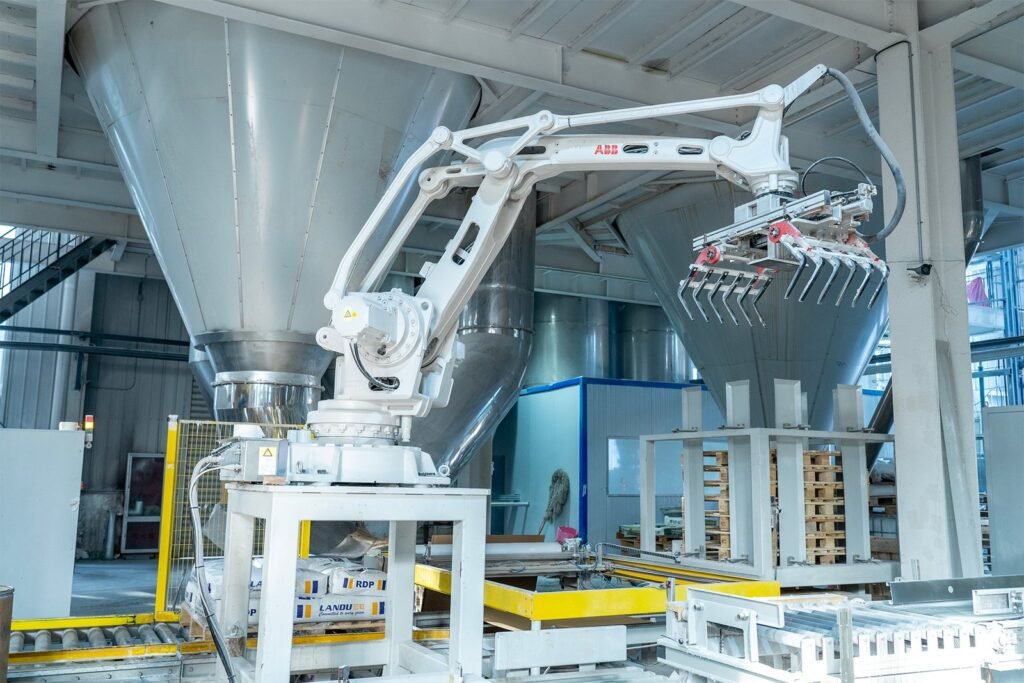

Cement is often the most expensive component in a concrete mix, making any reduction in its proportion a significant cost-saving opportunity. ZOVAE’s superior water reduction and strength enhancement capabilities allow for increased use of SCMs such as slag, fly ash, silica fume, and limestone powder without compromising performance. These materials are typically less costly than cement and often sourced as industrial byproducts, adding a circular economy dimension to their use.
Substituting cement with SCMs not only lowers material expenses but also improves long-term durability. For instance:
With ZOVAE, replacement levels of 20–40% cement with SCMs are achievable while maintaining or exceeding target strength grades, a flexibility unattainable with less efficient admixtures.
A ready-mix concrete supplier servicing a commercial high-rise foundation project replaced 20% of Portland cement with Class F fly ash in a mix incorporating ZOVAE. The result was an 8% reduction in binder costs per cubic meter while achieving the target 40 MPa strength at 28 days. Additionally, the lower heat of hydration mitigated thermal cracking risks in the massive raft foundation, saving an estimated $30,000 in potential crack repair costs and enhancing the structure’s projected lifespan.
ZOVAE Polycarboxylate Superplasticizer represents a paradigm shift in concrete admixture technology, merging cutting-edge molecular engineering with exceptional environmental stewardship and compelling cost-efficiency. Its benefits span the entire concrete life cycle—from streamlined batching and placement to decades of reliable structural performance under demanding conditions.
Through:
ZOVAE establishes itself as an indispensable asset for innovative concrete producers, contractors, and project owners. It is not merely an admixture but a strategic tool for achieving technical excellence, meeting regulatory demands, and securing competitive advantages in an increasingly complex construction landscape. Whether the goal is to expedite timelines, reduce environmental impact, or lower project costs, ZOVAE delivers measurable value at every turn, redefining what is possible in modern concrete design and execution.
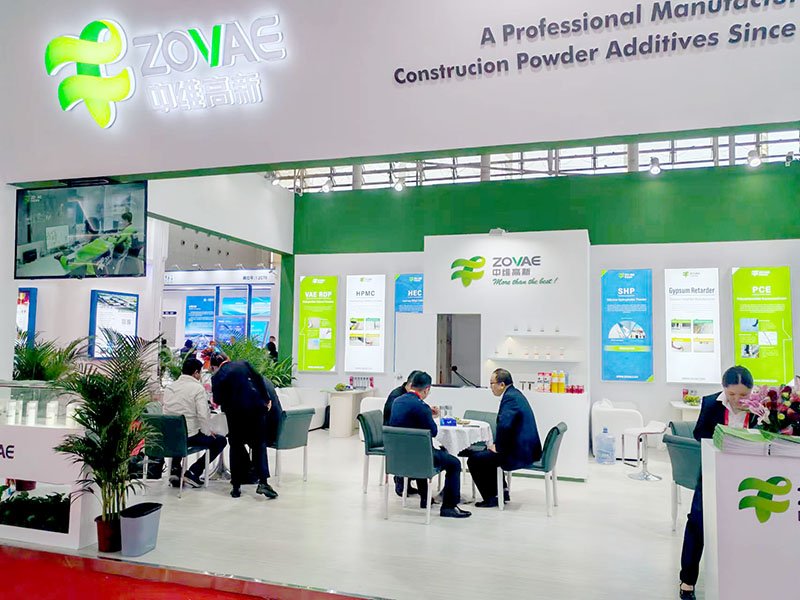
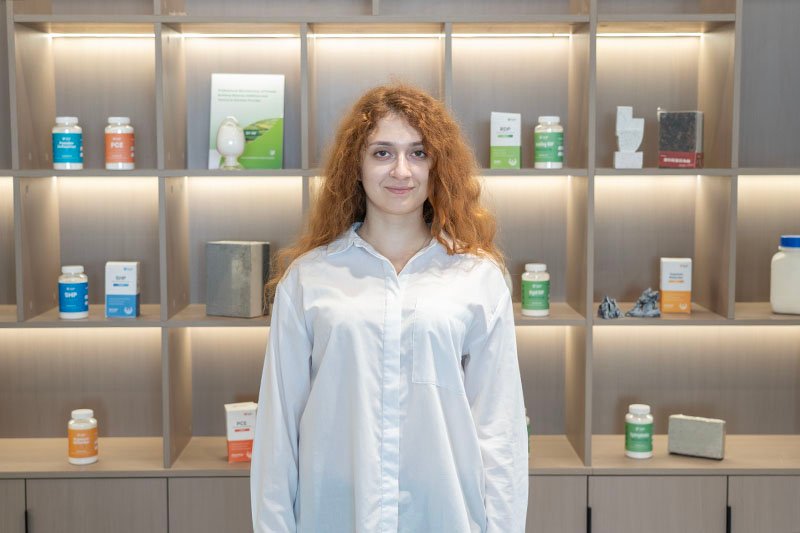
Please leave your contact information, and Zovae’s sales team will provide you with dedicated service.
